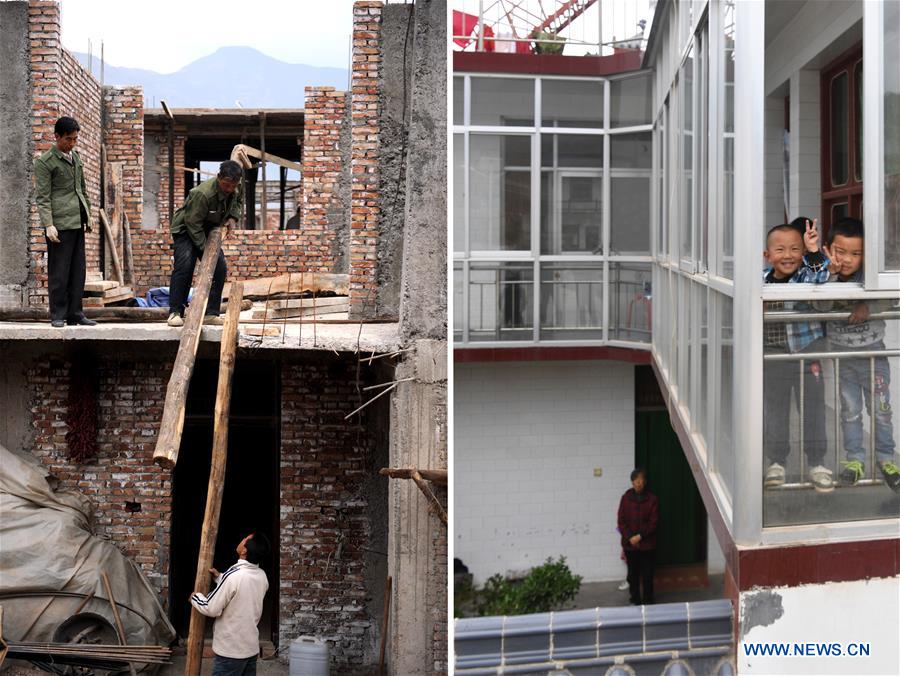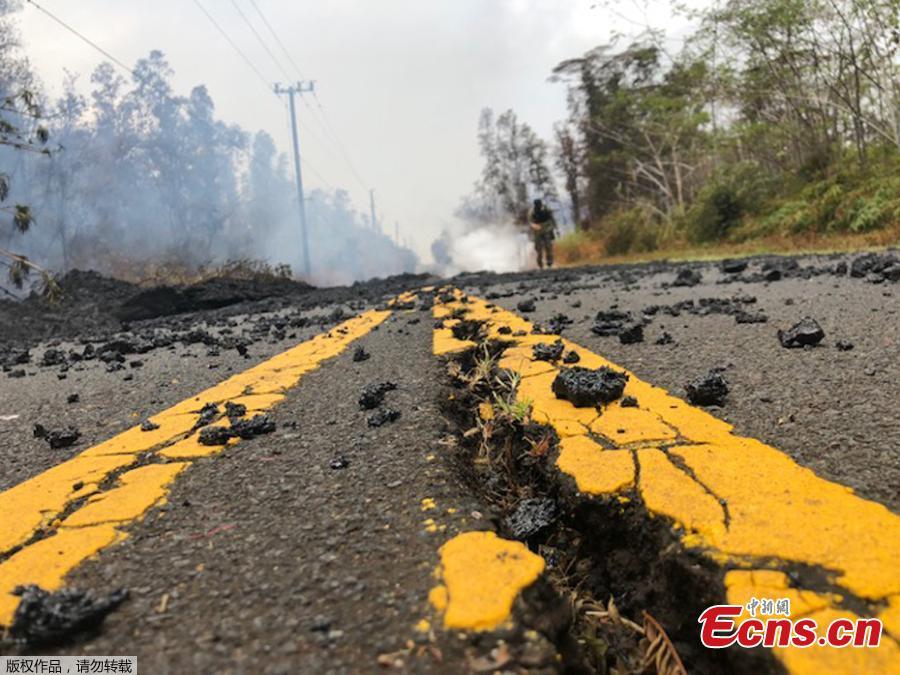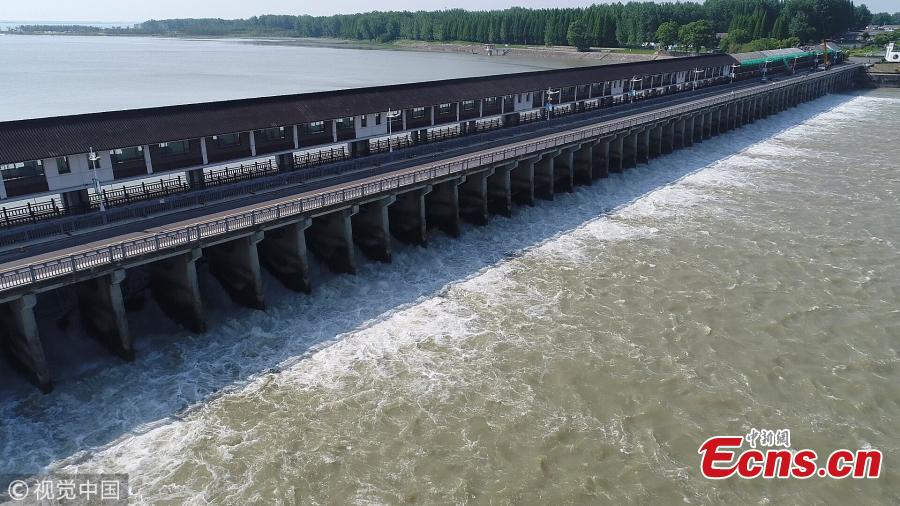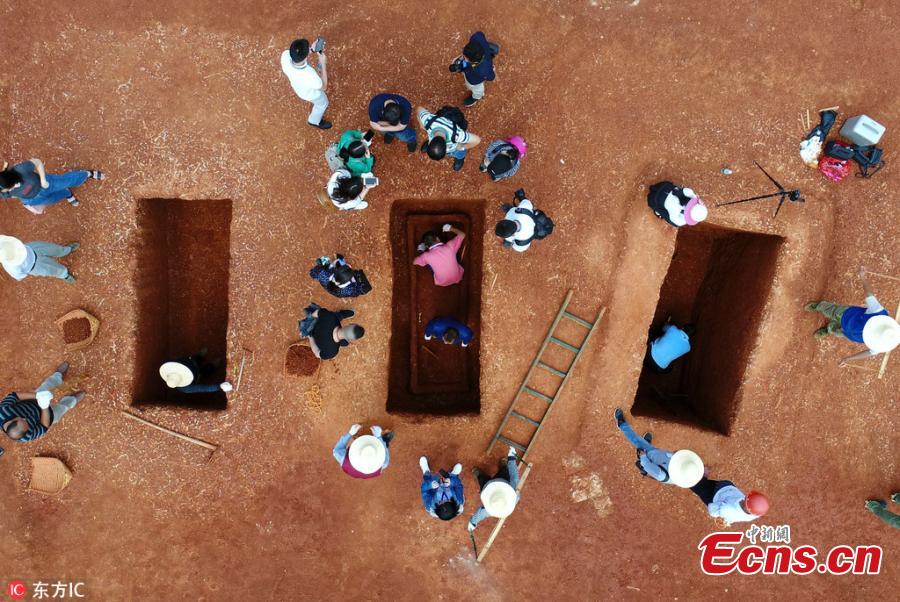China's first satellite for earthquake study has been operating smoothly in its first three months, scientists said at a symposium to commemorate the 10th anniversary of the Wenchuan earthquake on Saturday.
Launched from Jiuquan Satellite Launch Center in Northwest China's Gobi Desert on February 2, Zhangheng 1 has met all its engineering design specifications and successfully conducted all tests throughout the first half of its trial period, said Hu Chunfeng, director of China Earthquake Administration's science and technology bureau at an international conference on continental earthquakes on Saturday.
The seismo-electromagnetic satellite at a sun-synchronous orbit 500 kilometers above Earth will analyze data on worldwide earthquakes at a magnitude higher than 7 and Chinese quakes above 6, Zhao Jian, deputy head of the system engineering department of the China National Space Administration, was quoted as saying by China Radio International Online.
The data will be shared with the world to maximize its scientific value, Zhao told the symposium in the Southwest China city of Chengdu, capital of Sichuan Province.
The satellite marks China's first space-based exploratory efforts in the study of seismic precursors, Jiao Weixin, a space science professor at Peking University, told the Global Times on Sunday - and it may take time to show results, he said.
"First it is important to capture specific earthquake-related dynamics and to cross-examine such data with ground-based tremor detectors and then, though difficult, to eliminate interference factors such as abnormal electron activities caused by solar movement," Jiao said.
Funded by the China National Space Administration, Zhangheng 1, officially known as the China Seismo-Electromagnetic Satellite, was developed by the national earthquake administration and produced by DFH Satellite Company, a subsidiary of the China Academy of Space Technology.


















































